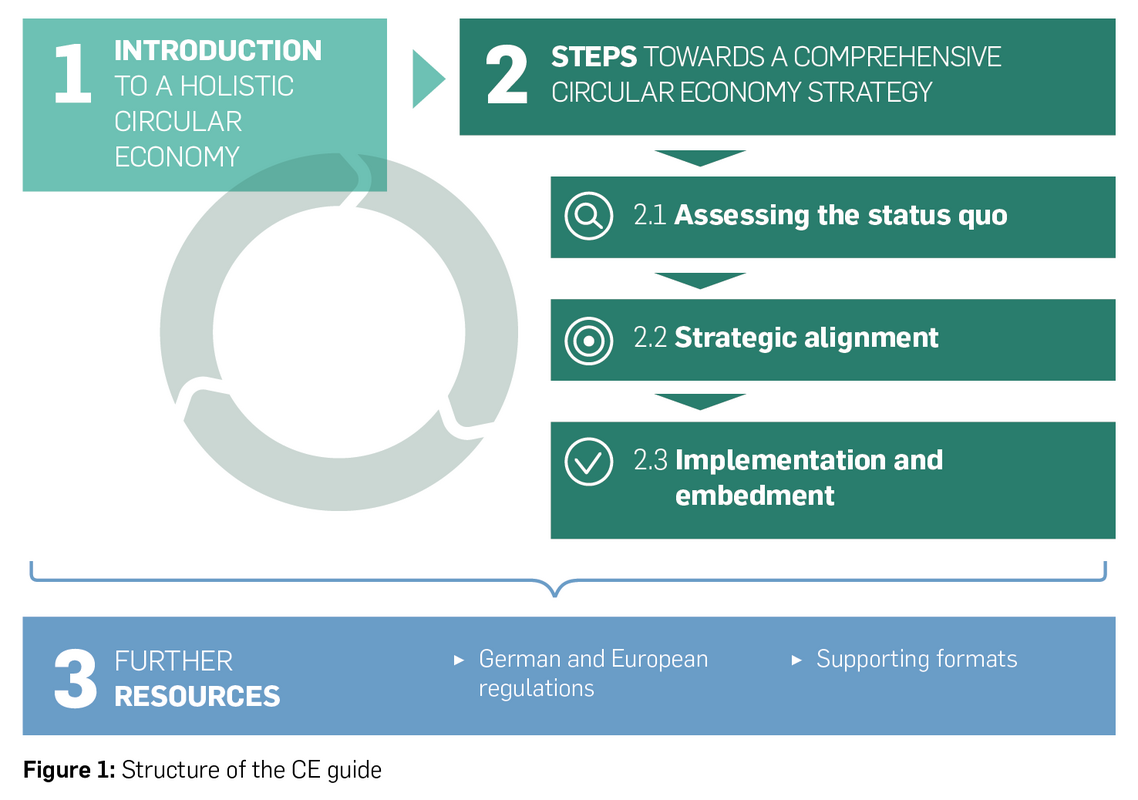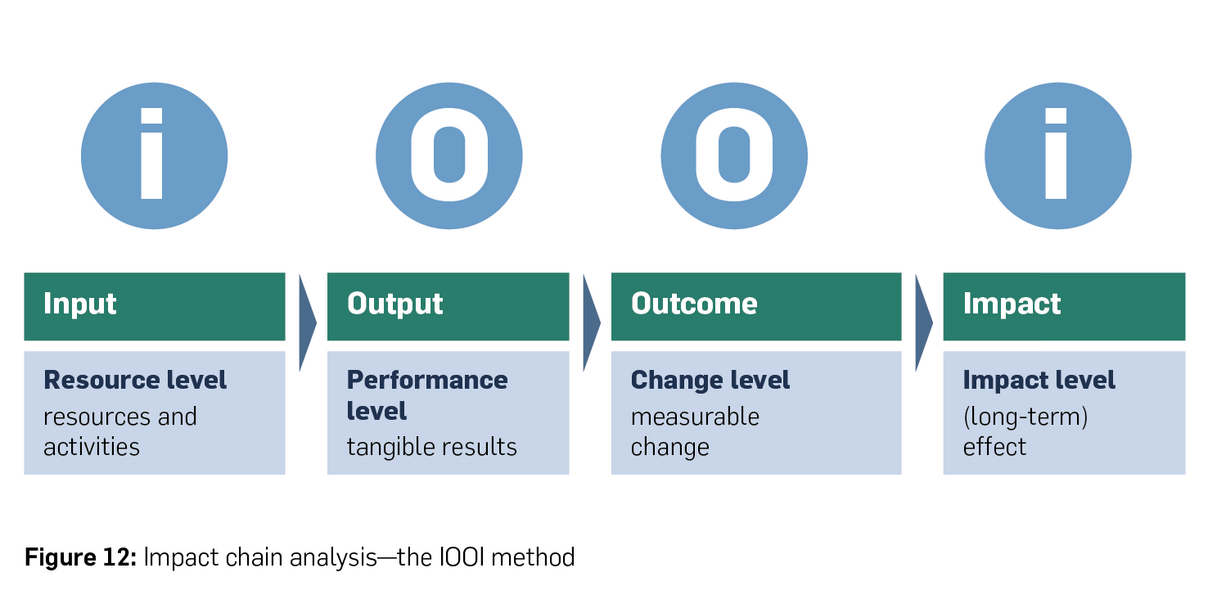Nach dem Absenden der Daten senden wir Ihnen eine E-Mail, in der Sie die Anmeldung bestätigen müssen.
Ihre Einwilligung können Sie jederzeit ohne Angabe von Gründen widerrufen. Einen formlosen Widerruf können Sie entweder über den Abmeldelink in jedem Newsletter oder durch eine E-Mail an info(at)wwf.de oder schriftlich an WWF Deutschland Reinhardstr. 18, 10117 Berlin richten. In diesem Falle wird der WWF die Sie betreffenden personenbezogenen Daten künftig nicht mehr für die Zwecke des Versands des Newsletters verarbeiten.
Wir wollen Ihnen nur Interessantes und Spannendes schicken und arbeiten ständig an der Weiterentwicklung unseres Newsletter-Angebots. Dafür möchten wir nachvollziehen, worauf Sie im Newsletter klicken und wie Sie sich auf unserer Website bewegen. Die gesammelten Daten dienen dazu, personenbezogene Nutzerprofile zu erstellen. Auf diese Weise versuchen wir, den Newsletter-Service für Sie stetig zu verbessern und noch individueller über unsere Naturschutzprojekte, Erfolge und Aktionen zu informieren. Hierbei verwenden wir verschiedene Analysetools, Cookies und Pixel, um Ihre personenbezogenen Daten zu erheben und Ihre Interessen genauer verstehen zu können. Soweit Sie sich damit einverstanden erklären zugeschnittene und personalisierte Inhalte per E-Mail zu erhalten, wird der WWF Deutschland folgende Kategorien personenbezogener Daten über Sie verarbeiten: Stammdaten, Kontakt-/Adressdaten, Verhaltensinformationen (Klicks und Öffnungen von E-Mails sowie ggf. Spendenverhalten). Wir bewahren Ihre personenbezogenen Daten so lange auf, bis Sie die Einwilligung widerrufen. In den beschriebenen Prozess werden technische Dienstleister und E-Mail Versanddienstleister involviert, mit denen ein datenschutzrechtlicher Vertrag zur Auftragsverarbeitung besteht.
Weitere Einzelheiten zur Verarbeitung Ihrer personenbezogenen Daten finden Sie auf unserer Datenschutzerklärung.


